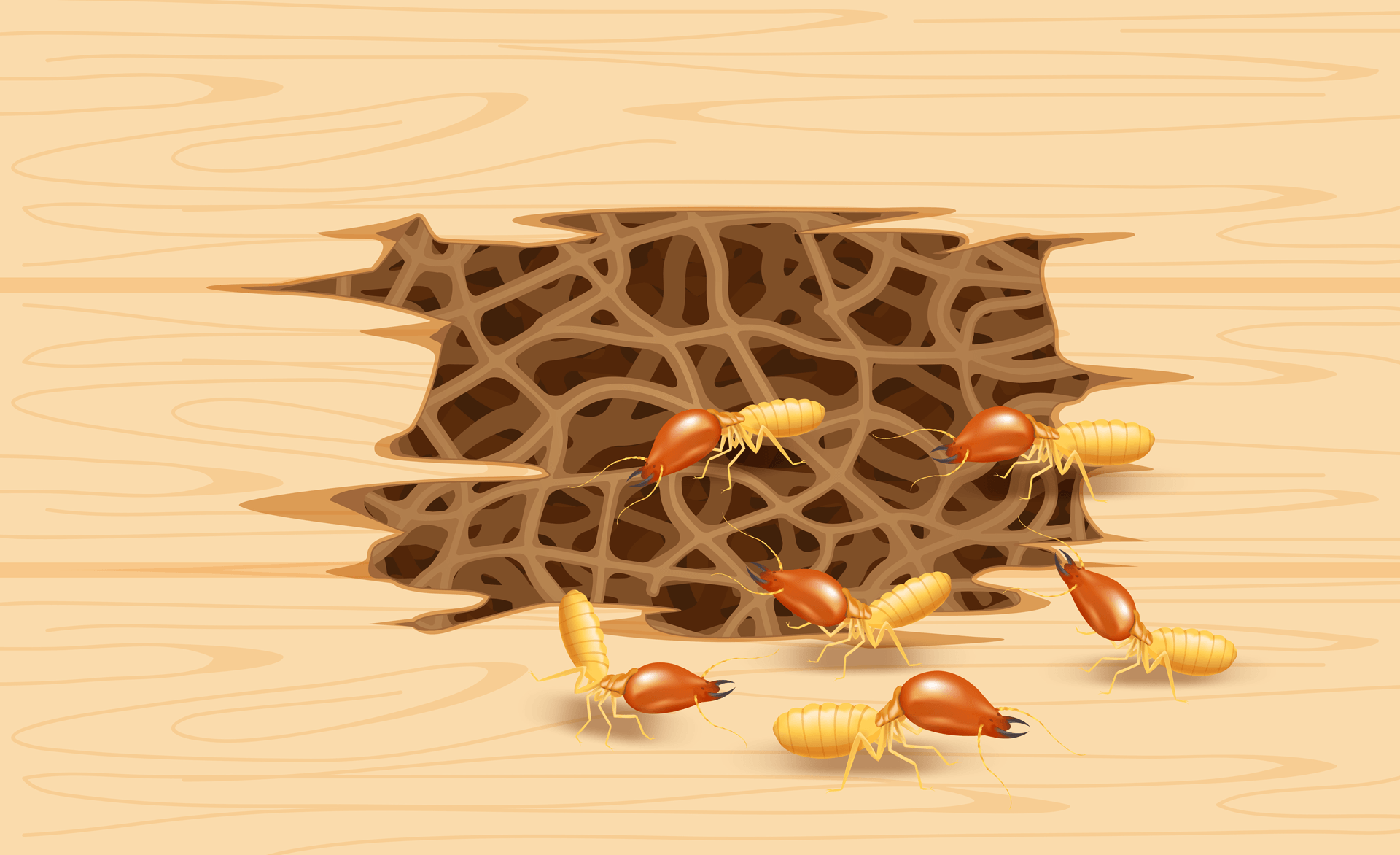Using Bugs As Weapons
How Insects Have Been Used In Battle
Researchers believe people have been enlisting insects into their armies for millennia. Horrible tales of bug attacks even appear in the Bible, from mentions of hornets in Joshua to locusts in Exodus. Insects are used in different ways and with different purposes, but military strategists have one thing in mind: use the six-legged friends to gain the upper hand.
Intentional Agricultural Destruction Using Insects
Researchers say the American Civil War was the first time insects were used as biological weapons in modern history. The Confederacy accused Union soldiers of bringing a beetle known as the harlequin bug into the South to wipe out crops. That member of the stink bug family often goes after cabbage and similar plants and is known to destroy entire crops by sucking out the plants’ sap until they wilt and die.
During World War II, England accused the Germans of dropping down cardboard boxes filled with the Colorado potato beetle, a major pest that goes after not just potatoes but also eggplant, tomatoes, and more.
In 1989, a group that called itself The Breeders claimed they had released the Mediterranean fruit fly into Los Angeles and Orange Counties. The Medfly is considered one of the most destructive pests globally, targeting hundreds of different kinds of fruits, vegetables, and nuts. The group threatened to spread the fly to the San Joaquin Valley, one of the most important agricultural regions in the world until the government stopped using insecticides. The government was able to respond and stop the pest, which experts believe could easily have done over $13 billion in damage if crews hadn’t been able to spray the infestation into oblivion. That year, Congress passed the Biological Weapons Anti-Terrorism Act of 1989.
Using Insects To Spread Disease
German and Japanese scientists also studied how to use insects to deliver diseases in World War II. A Japanese biologist created a facility to breed fleas to help spread plague among rats. The Axis attempted to drop those plague-infested insects over the Saipan airfield in the Northern Mariana Islands, a U.S. Commonwealth. The mission failed in that case and also in a separate attempt to use kamikaze pilots to drop the fleas over San Diego. It worked elsewhere, however. Although that history is more modern, the idea isn’t new. In the 1300s, the Mongols launched flea-ridden corpses into Europe, which spread the bubonic plague throughout the Mediterranean and wiped out 75 million people.
Despite Japan firmly denying it used insects to carry out biological warfare in the 20th century, a district court in Tokyo ruled the country did in China during World War II. The Imperial Army is also accused of using fleas to infect Chinese countryside crops with Cholera. That sort of warfare was outlawed as part of the Geneva Convention in 1925, but Japan’s interest in using insects as weapons continued long after.
Pain And Distraction Inflicted With By Insects
In some cases, insects have been used not just for destruction but also as a distraction. In the year 198 AD, Mesopotamian monarchs fended off the Romans from taking over an area of modern-day Iraq by throwing jars of scorpions at soldiers. The Roman emperor’s troops found themselves covered with painful stings that even induced allergic reactions for some. After 20 days, King Barsamia held out, and the Romans retreated.
The ancient Romans caught on, eventually using bees to attack ships. They’d launch beehives from catapults onto enemy ships. Since the men had nowhere to run, they’d clear out from the decks, making the ships easier to board.
In 1289, an Austrian Duke faced a similar problem: rival houses dumped beehives upon the army. The closer they got to the walls of the fortress, the more they’d be stung. Because the bees got under the men’s armor, it caused a massive commotion.
Booby traps with bugs have also been a common form of torment throughout history. The so-called “Bug Pit” in what’s now Uzbekistan was said to have been filled with assassin bugs, a carnivorous insect. Scorpions and rodents were also tossed into the pit for good measure. In the 19th century, English soldiers were thrown into the pit and eaten alive by the bugs. The Pit still exists today in the Zindon Prison.
Today, even if bugs are not being used specifically as weapons, they can still do major damage. They can harm crops or gardens, chew up furniture and floorboards, give painful stings and itchy bites, and in some cases cause uncomfortable allergic reactions. If you have a pest infestation, go with the best in the business to fix it and let Bug Off Pest Pros handle things for you.






